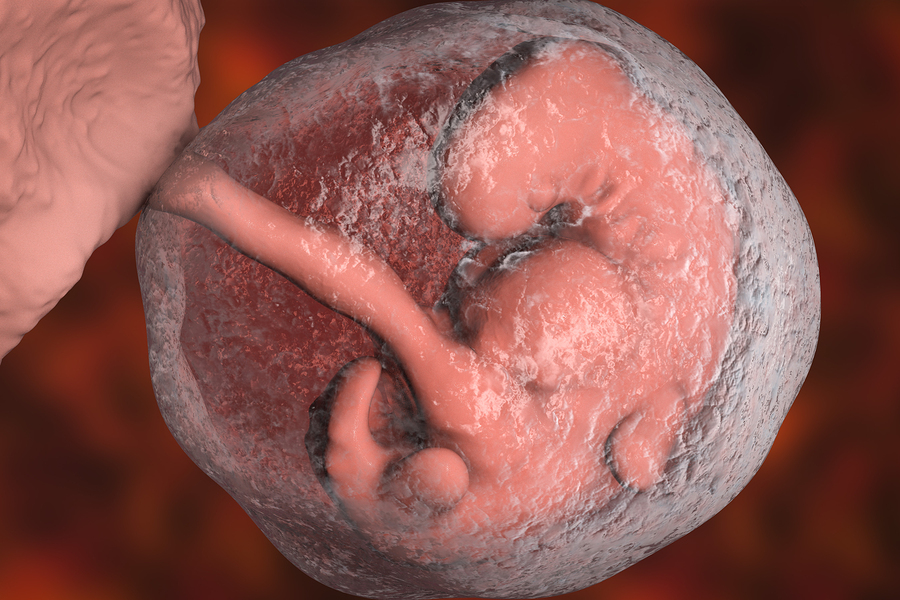Last year, around this same time, scientists announced that they had created the first “successful human-animal hybrid” 1thereby establishing that human cells could be “introduced into a non-human organism (in this case a pig), survive, and grow inside a host animal.”2
And so, building on that previous work, scientists are busy creating yet again, but this time it’s a sheep-human hybrid embryo. By “introducing human stem cells into sheep embryos”3the team was able to create a “hybrid creature that’s more than 99 percent sheep”4 but also a little bit human (which is what is so controversal about this experiment). The findings were presented last weekend at the annual meeting of the American Association for the Advancement of Science in Austin, Texas.
Stem cell biologist Hiro Nakauchi from Stanford University explained that about one in 10,000 cells- maybe less- are human:
“The contribution of human cells so far is very small. It’s nothing like a pig with a human face or human brain.”5
Much is still unknown. Currently, scientists think that at least 1 percent of the embryo’s cells would need to be human in order to grow a needed organ. But, if more is needed, upping the human ratio in the chimera mix also creates ethical questions.
And while scientists like Nakauchi understand this type of research unsettles people, the drive is to one day provide organs for the thousands of people on donor waiting lists. “‘Even today the best matched organs, except if they come from identical twins, don’t last very long because with time the immune system continuously is attacking them,’ says one of the team, reproductive biologist Pablo Ross from the University of California, Davis.”6
RELATED STORY:
Researchers believe that organs produced in interspecies chimeras might be one way to help meet the demand of transplant organs; in the U.S., someone is added to the transplant waiting list every 10 minutes. Every possible avenue must be investigated.
(The embryos that were created in the experiment were destroyed after 28 days.)












